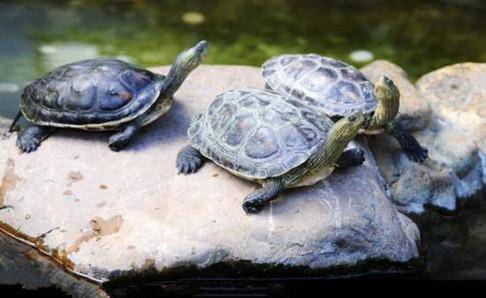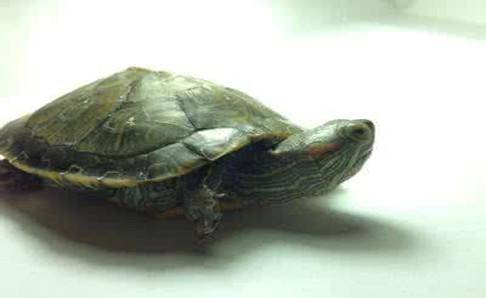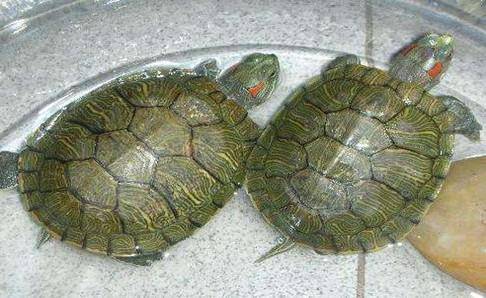Tortoise, a common animal, is very cute. At present, it is very popular with everyone. Many loyal fans of tortoise raise it at home. The body with lines is very artistic. It is really the uncanny workmanship of nature. And those four little feet and a small mouth. When people are afraid, they will hide their ears and retreat into the turtle shell immediately. It is very lovable. Although we love it, there is a little common sense about raising him. Do you know the difference between peeling and rotten skin? Now let me give you a brief introduction to the small differences.
From a medical point of view, rotten skin is a kind of skin disease. Peeling is a natural phenomenon of tortoise growth and development, which is normal.
The difference can also be judged from whether the skin is formed. Peeling has a shape and is almost completely separated from the body. The rotten skin has no so-called shape. It is sticky and directly connected with the body. It looks rotten. It belongs to rotten skin.

From its color, peeling belongs to transparent color, rotten skin is yellow, and it will be slightly bloody if it is serious.
It can also be recognized from the hardness that peeling is relatively hard or soft, on the contrary, mushy is rotten skin.
These two functions in growth are also completely different and run counter to each other. Peeling is a natural phenomenon that contributes to the normal growth of turtles, and peeling is completely a disease, which can even endanger their lives in serious cases.

The treatment methods of these two kinds of skins are also different, and there is no need to pay attention to peeling. Rotten skin needs our timely treatment, treatment, treatment of rotten parts, and careful care until it is cured.

The above is the difference that we are often confused. If there are symptoms, we have to curb them early. It is more conducive to the health of our little turtle. Let us all know its advantages and disadvantages, so that each of us can become a skilled hand in raising turtles, and can skillfully avoid the breeding of this skin disease. As long as we are careful, it is still very easy to distinguish and identify. With a little care, our baby turtles can grow up healthily.

